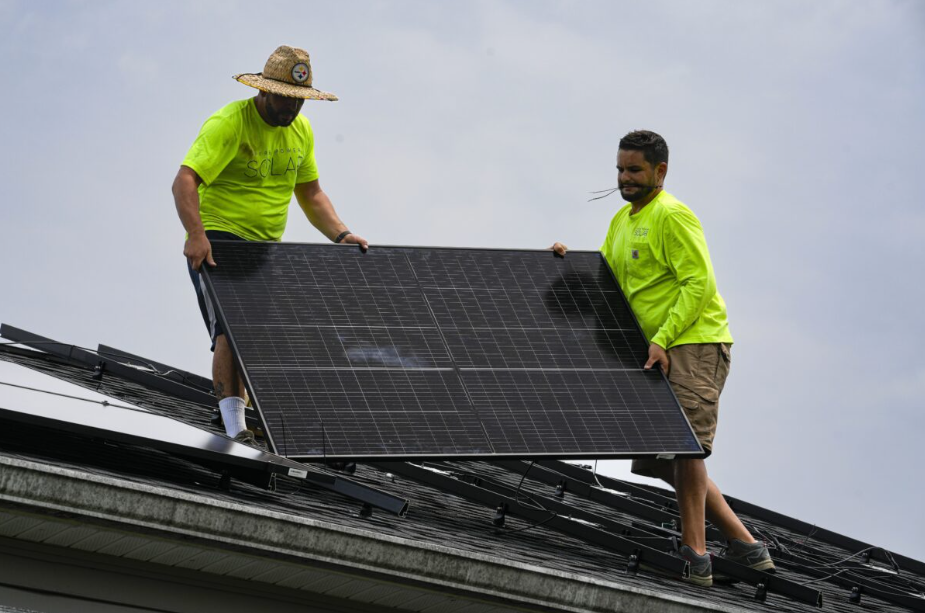
By SIBI ARASU Associated Press
The window to limit human-caused warming to a globally agreed goal is narrowing but still open because of the huge growth of solar energy and electric vehicles sales worldwide, a report said Tuesday.
For the last two years, the rate of the build up of solar energy and electric vehicle sales were in line with achieving emissions reductions targets that will help cap warming to 1.5 degrees Celsius (2.7 degrees Fahrenheit) above pre-industrial levels, the Paris-based International Energy Agency said.
But renewable power needs to triple by 2030, the sale of EVs needs to rise much more sharply — 70% of all vehicle sales as opposed to the current 13% — and methane emissions from the energy sector needs to fall by 75% if global warming is to be curbed to the the Paris Agreement goal. Methane is a powerful greenhouse gas that is up to 80 times more potent than carbon dioxide in the short term.
Investments in climate action also need to rise, from $1.8 trillion in 2023 to $4.5 trillion annually by the early 2030s, the report said.
“Global climate continues to change at a frightening speed,” said Fatih Birol, executive director of the IEA at an online press event, but “there are legitimate reasons to be hopeful. The spectacular increase in clean energy is keeping the door still open.”
The report found that solar power capacity increased nearly 50% in the last two years and electric car sales increased by 240%.
But carbon dioxide emissions from the energy sector — which includes the production of coal, oil and gas — remain worryingly high, reaching a new record of 37 gigatons last year.
“Instead of starting to fall as envisaged in our 2021 report, demand for fossil fuel has increased,” the report said, pointing to Russia’s invasion of Ukraine as well as lack of investments in supply chains for clean energy for the growth in dirty fuels.
Failure to increase ambition to slash emissions would create additional climate risks and make achieving the 1.5 degrees Celsius (2.7 degrees Fahrenheit) goal dependent on a massive deployment of carbon removal technologies which are expensive and currently unproven at scale.
Nearly five gigatons of carbon dioxide would have to be removed from the atmosphere every year during the second half of this century if countries don’t drastically reduce emissions to recommended levels, the IEA said.
“The actions we need to take now are increasingly massive, and there is no slack left in the plan,” said Dave Jones, an energy analyst at London-based climate think tank Ember.
Tripling renewables by 2030 and making energy more efficient so it emits less CO2 are goals that the hosts of the next global climate summit in Dubai in late November and December this year have also laid out for the upcoming talks.
“It is now in the hands of governments to deliver,” Jones said.